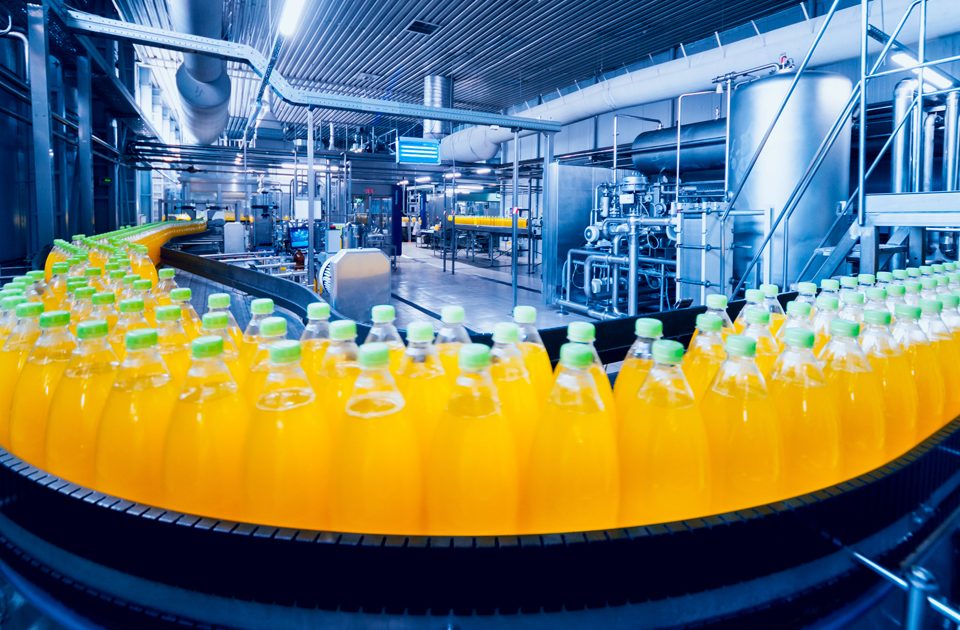
Understanding Water Contaminants: What You Need to Know to Keep Your Family Safe
June 10, 2025
The Essence of Clean Water: Understanding the Importance of Water Purification
June 10, 2025Water is essential for life, but ensuring its purity and safety has never been more critical. With increasing concerns about pollution and environmental degradation, water treatment plants play a pivotal role in upholding the health of our ecosystems. They are not just facilities that purify water; they are vital guardians of compliance with environmental regulations. As we delve into how water treatment plants support compliance with these regulations, we’ll uncover the technology behind their operations, the challenges they face, and best practices that help them succeed. Join us on this journey to explore why these facilities matter now more than ever in safeguarding our most precious resource—water.
The Importance of Environmental Regulations
Environmental regulations serve as critical guidelines for protecting our planet. They aim to mitigate the impact of human activities on natural ecosystems, ensuring that air and water remain clean and safe.
These regulations set standards for emissions, waste management, and resource use. By doing so, they not only protect biodiversity but also promote public health. Communities rely on these frameworks to combat pollution and safeguard their environments.
Moreover, environmental regulations drive innovation in sustainable practices. Companies are encouraged to adopt cleaner technologies and methods that reduce their ecological footprint.
In essence, these rules foster a balance between development and conservation. As industries evolve, robust regulatory systems ensure that growth does not come at the expense of our environment’s integrity. This delicate equilibrium is vital for future generations who will inherit our planet’s challenges—and its treasures.
How Water Treatment Plants Contribute to Environmental Compliance
Water treatment plants play a crucial role in environmental compliance. They ensure that water released back into ecosystems meets strict quality standards. This process protects aquatic life and preserves natural habitats.
By removing contaminants, these facilities help prevent pollution from entering rivers, lakes, and oceans. Their operations are essential for maintaining clean drinking water as well.
Each plant adheres to regulations set by environmental agencies. These guidelines dictate acceptable levels of harmful substances. Compliance helps safeguard public health while promoting sustainability.
Moreover, regular monitoring and testing allow plants to adapt quickly to any changes in water quality. Advanced filtration methods enhance their effectiveness in meeting regulatory demands.
Incorporating eco-friendly practices further strengthens their commitment to the environment. This holistic approach ensures that water treatment remains an integral part of preserving our planet’s resources for future generations.
The Role of Technology in Maintaining Compliance
Technology plays a pivotal role in helping water treatment plants meet environmental regulations. Advanced monitoring systems provide real-time data on water quality, allowing for immediate adjustments when necessary.
Automated processes reduce human error and enhance efficiency. With the integration of artificial intelligence, predictive analytics can forecast potential compliance issues before they arise. This proactive approach saves time and resources while ensuring regulatory adherence.
Moreover, technology aids in reporting. Digital platforms streamline documentation, making it easier to maintain records required by environmental agencies.
Innovative filtration techniques also contribute significantly to meeting stringent standards. By utilizing cutting-edge materials and methods, these technologies improve pollutant removal rates and ensure cleaner discharge into ecosystems.
As regulations evolve, staying updated with technological advancements becomes crucial for continuous compliance assurance in water treatment facilities.
Best Practices for Ensuring Compliance
Establishing clear protocols is key for water treatment plants. Document every step of the process, from sourcing raw water to discharging treated water. This transparency helps in identifying potential compliance issues early.
Regular training sessions for staff are essential. Keeping employees informed about current regulations ensures everyone understands their roles in maintaining compliance. Engaged personnel will likely adhere to best practices.
Utilizing advanced monitoring systems can also enhance compliance efforts. Real-time data collection allows operators to respond swiftly to anomalies, preventing violations before they occur.
Collaboration with regulatory agencies fosters a better understanding of requirements and expectations. Open communication creates a proactive approach rather than reactive strategies when addressing environmental standards.
Conducting periodic audits can reveal gaps in processes or documentation that need attention. A diligent review system strengthens overall accountability and promotes continuous improvement within the facility’s operations.
Conclusion: The Future of Water Treatment and Environmental Regulations
The landscape of water treatment and environmental regulations is evolving. As we move forward, the focus on sustainability and compliance becomes even more crucial. Water treatment plants are at the forefront, adapting to new technologies that enhance their efficiency.
Emerging innovations like artificial intelligence and machine learning can significantly improve monitoring systems. These advancements enable quicker responses to potential violations, ensuring facilities stay compliant with changing regulations. Additionally, investment in green infrastructure promotes sustainable practices that benefit both communities and ecosystems.
As public awareness around environmental issues grows, there’s an increasing demand for transparency from water treatment facilities. This shift encourages a culture of accountability where operators not only comply but go above and beyond regulatory requirements.
Collaboration among stakeholders—government agencies, private sectors, and local communities—is vital for fostering effective compliance strategies. Together they can create frameworks that support innovation while protecting our precious water resources.
The future looks promising for water treatment plants as they embrace these changes. Their role in supporting compliance with environmental regulations will continue to be indispensable in safeguarding our environment for generations to come.


